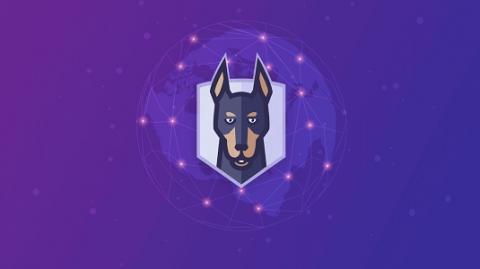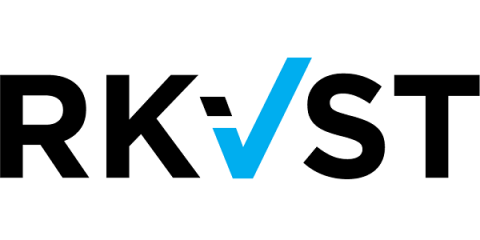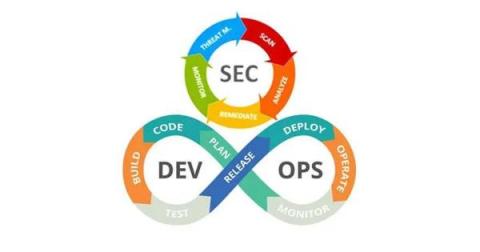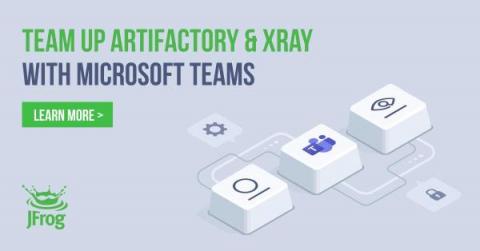Security | Threat Detection | Cyberattacks | DevSecOps | Compliance
July 2022
CrowdStrike Expands CNAPP Capabilities to Secure Containers and Help Developers Rapidly Identify and Remediate Cloud Vulnerabilities
Wet signatures cost more than you might think
Speaking to people on our neighbouring booths at the UK nuclear decommissioning event, it was clear to see the entire industry is drowning in paperwork.
5 Essential Skills to Become a DevSecOps Engineer
Security has become increasingly integrated with software development over the last few years, and the software industry needed a new role to own secure software development processes. As a result, DevSecOps Engineer role has emerged and gained popularity in the last decade. DevSecOps is the abbreviation of three words; Development, security, and operations, and it aims to develop applications more securely in the software development life cycle (SDLC).
Webinar recap: Snyk and the new era of software security
Snyk’s Senior Product Marketing Manager, Frank Fischer, recently hosted a webinar about the value in using a developer security platform to secure code, dependencies, containers, and infrastructure as code (IaC). During this talk, Fischer discussed the shift in software security that has occurred over the past decade, the need for developers to take part in the security process, and the value of Snyk in securing the entire development lifecycle.
How To Put Cloud Nimble to Work to Shift Left Security
Shifting security left means preventing developers from using unacceptably vulnerable software supply chain components as early as possible: before their first build. By helping assure that no build is ever created using packages with known vulnerabilities, this saves substantial remediation costs in advance. Some JFrog customers restrict the use of open source software (OSS) packages to only those that have been screened and approved by their security team.
DevSecOps monitor and decommission
This is the final article of the DevSecOps series and how it overlays onto DevOps lifecycle. In the first article, we discussed build and test in DevSecOps. In the second article, we covered securing the different components of the deploy and operate process. The final phases of the DevOps lifecycle are monitoring the deployed applications and eventually decommissioning when they are no longer needed.
RKVST (Jitsuin) SCITT Demo from 2019
What is SCITT and how does RKVST help?
SCITT in the information security context stands for “Supply Chain Integrity, Transparency, and Trust”. It’s a relatively young discipline and the dust is still settling over its scope and definition but the core is very simple: risk vests in the operator of equipment, but it originates at every point in the supply chain.
Team Up on DevSecOps with JFrog Platform App for Microsoft Teams
The JFrog DevOps Platform is your mission-critical tool for your software development pipelines. The results of key binary management events in Artifactory, Xray, and Distribution can reveal whether or not your software pipelines are on-track to deliver production-quality releases.
Using DevSecOps for Efficient IT Security
DevSecOps is the key to achieving effective IT security in software development. By taking a proactive approach to security and building it into the process from the start, DevSecOps ensures improved application security. It also allows organizations to rapidly develop application security with fewer bottlenecks and setbacks. Some critical aspects of the DevSecOps approach and best practices can help organizations get started implementing this development strategy.












